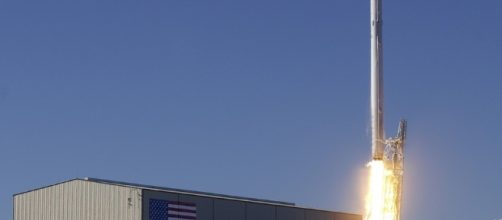It was one of the most high-risk, high-return ventures ever in the development of space launch vehicles: the idea that a launch rocket can be reused over and over again. The best that was done in that vein in decades were the space shuttle’s solid-fuel rocket boosters. Elon Musk and his SpaceX Company worked on the concept for years, until finally their Falcon 9 series of rockets and Dragon space capsules came off the drawing board.
SpaceX had a historic launch in February that sent a Falcon with supplies up to the international space station. Now they’ve completed another ISS supply run, this time with a used Dragon space capsule making it the first time it’s been reused.
Reusable multiple times
On the evening of Saturday, June 3, another Falcon 9 rocket made an untroubled landing on the SpaceX Landing Zone 1 at Cape Canaveral in Florida. It had just returned from sending a Dragon space capsule on yet another trip to the ISS with essential supplies and equipment. The Dragon capsule was on its second trip to space, having already gone up to the station back in 2014 on SpaceX’s fourth cargo resupply mission undertaken on behalf of NASA.
The Dragon capsule had docked with its supplies at the ISS and remained for a whole month, before being sent back to Earth and splashing down in the Pacific. With the vehicle being reused for the second time ever, Elon Musk’s SpaceX has set the record for being the first private aerospace company to send up a space vehicle into Earth's orbit for a second time.
As for the Falcon 9 rocket that sent it up, its uneventful return makes it eleven rocket launches in a row with the same platform. These are all instances which have successfully returned to a landing.
New ISS gear
The reused Dragon space capsule was carrying new supplies and additional scientific equipment and experimental packages for the ISS crew and it all weighed a total of 6,000 pounds.
Part of the experimental packages were fruit flies which will be used to study how microgravity affects the cardiovascular system of organisms, and some mice to analyze bone loss. Equipment that was sent up included the NICER instrument, later to be installed at the station in order to find and observe neutron stars, and the ROSA solar panel that is able to unfurl like a cloth flag.
All these goodies will be made available to the ISS when the Dragon reaches it sometime on Monday June 5.
This new milestone is a bright spot for SpaceX as a whole, to contrast the dark cloud of what appears to be a falling out between CEO Elon Musk and President Donald Trump.


